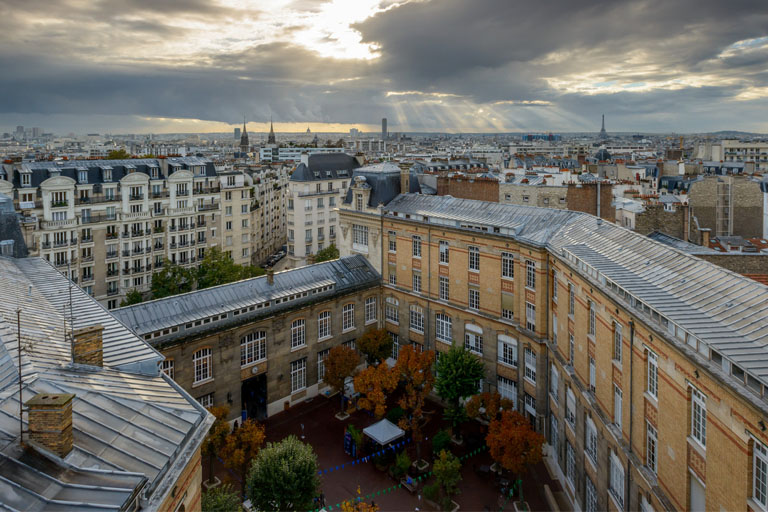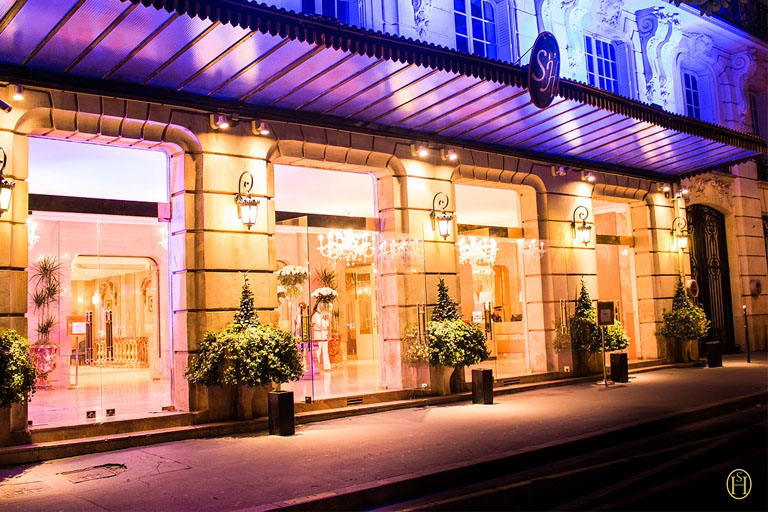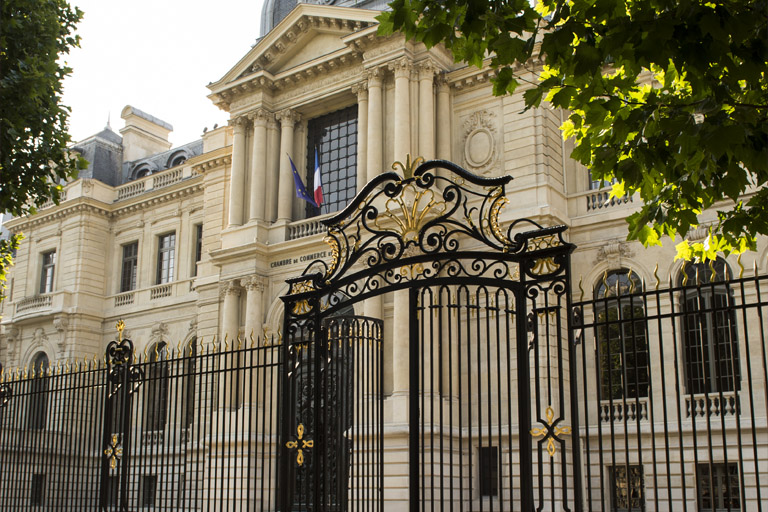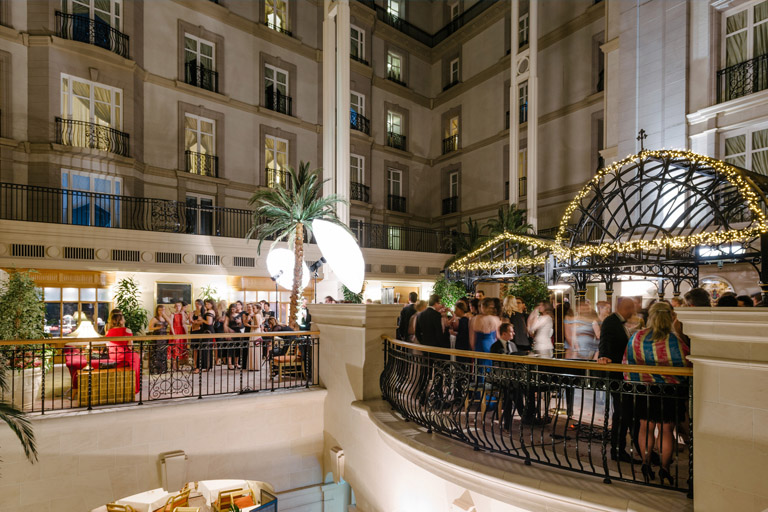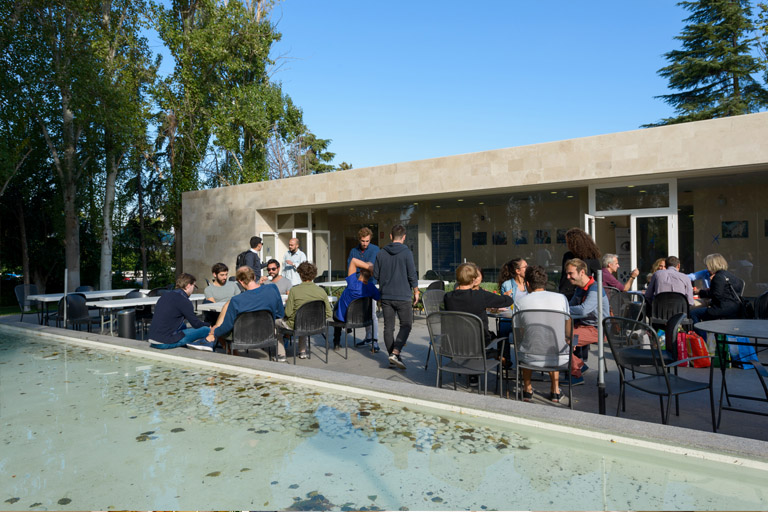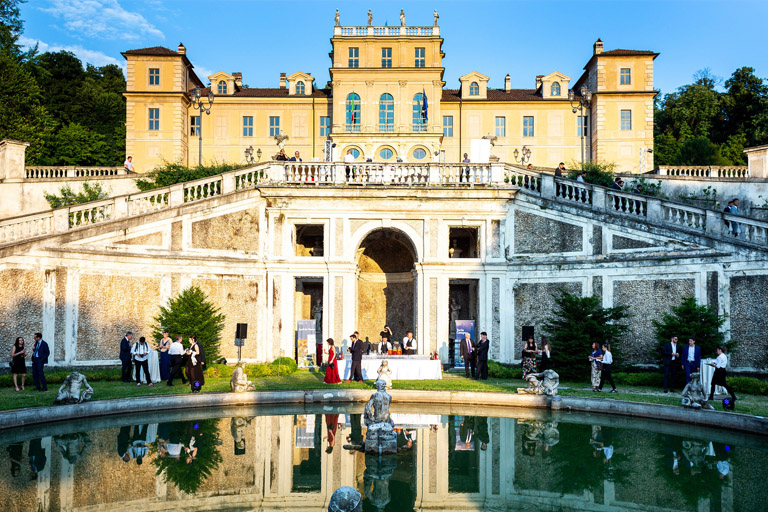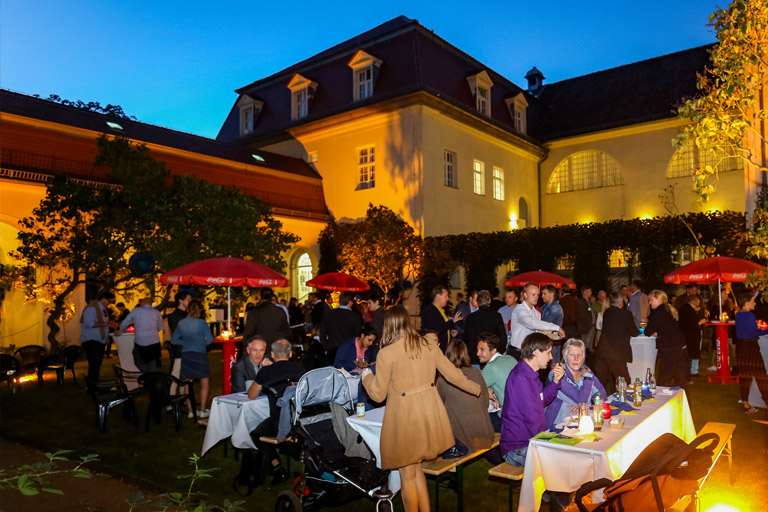A pioneer for the past 200 years, ESCP can be proud of a large number of innovations successfully adopted all around the world. It remains the only pan-European school, with six campuses in Berlin, London, Madrid, Paris, Turin and Warsaw.

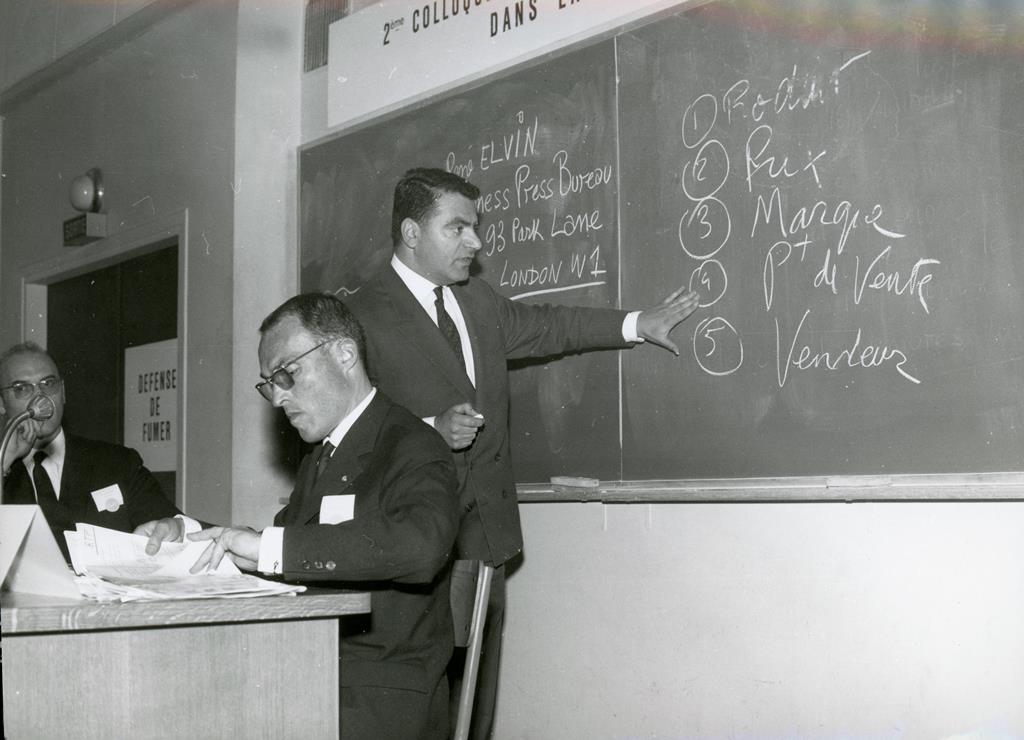
Being our Bicentenary year, 2019 is the perfect time to celebrate the innovative spirit embedded in ESCP’s genes. To do so, we look back to the creation of the School in 1819 - whereupon it became the first business school in the world - and discover the recipe for such a long life!
#1The Foundations of
a Pioneering School (1819-1869)
In 1819, a private company of a special kind is established: one of the very first business schools, and now the oldest business school in the world, was created.
During this seminal period, the School builds on original concepts that will constitute the pillars of ESCP’s innovative strategy actioned from the 1970s onwards:
- A bold policy of international openness (more than 20% foreign students as early as 1827-1828), with educational content addressing international issues (three foreign languages taught from 1823; study tours in Europe from 1826-1827;). This was a true feat in France in the context of post-Napoleonic-wars society!
- In addition to management science and technology, students study law and political economy, or applied sciences (chemistry). ESCP's multicultural and multidisciplinary model is already emerging.
- A location at the heart of an economic capital (Hôtel des Fermes, then Hôtel de Sully, in Paris).
This early phase is shaped by its builders: entrepreneurs such as Germain Legret and Amédée Brodart, and scholars such as economist Jean-Baptiste Say, theorist of the concept of entrepreneurship; merchant Vital Roux, contributor to the conception of the French Commercial Code and promoter of a pedagogy oriented towards practical teaching; and economist Adolphe Blanqui, owner and director of the school for 24 years.
The Pioneers

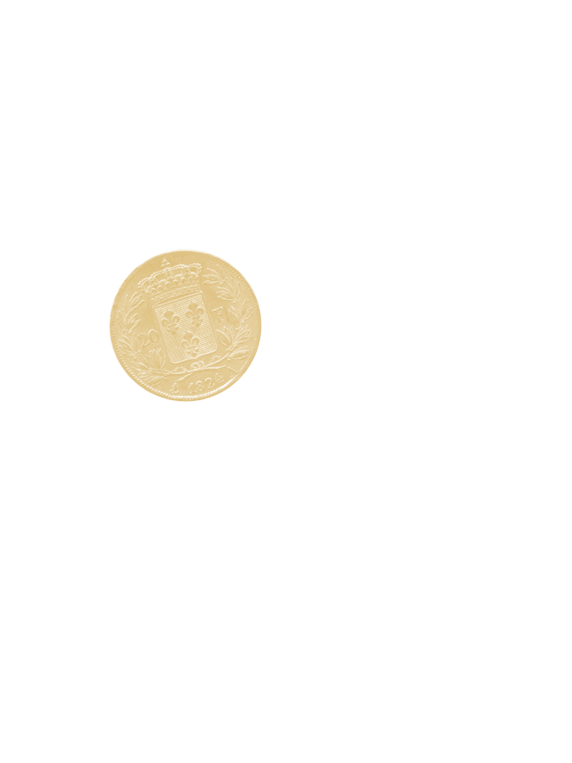
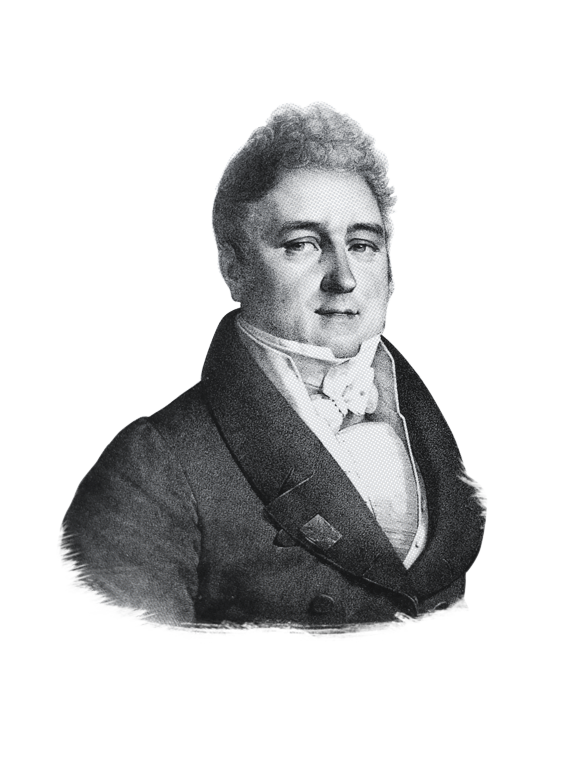
Contributor to the French Commercial Code in 1807.
Regent of @BanqueDeFrance. #Co-founder of @ESCPEurope


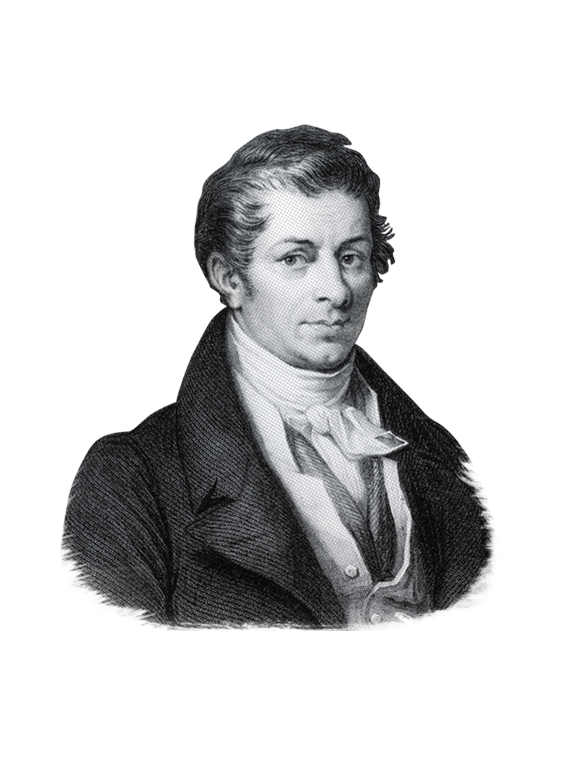
Chairholder at the Collège de France in Paris. Inventor of the concept (and French word) #Entrepreneur. Co-founder of @ESCPEurope with fellows Vital Roux, Amédée Brodard and Germain Legret


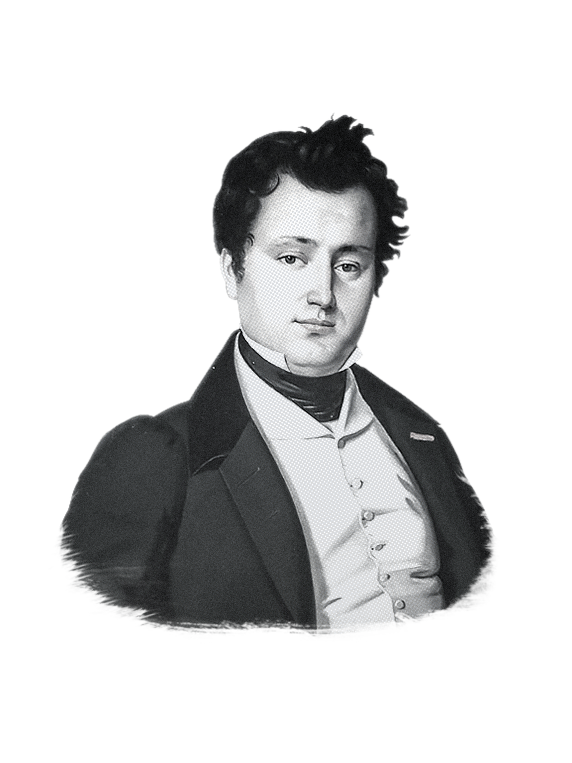
#2Consolidation and Maturity (1869-1969)
Between 1869 and 1969, under the auspices of the Chamber of Commerce and Industry, the School is reinforced and reaches maturity. Both its resilience and adaptability are proven: on the one hand, a significant expansion of programmes and enrolments (from a few dozen students in the 1820s, to 250 at the end of the 19th century and nearly a thousand by the 1970s); and on the other, enhanced selectivity and increased academic requirements from the 1920s onwards, including:
- State recognition of education in 1890
- Establishment of the first specialisation sections, a legacy of the "Comptoirs" (trading posts) invented in the early years of the School: Maritime section (1905), Colonial section (1913), Hotel section (1916), Trade Representation section (1917), etc.
- Mandatory competitive entrance exam in 1926
- Promotion to the status of higher education establishment in 1947, an essential step towards the gradual transformation into a Grande École de Commerce
- Creation of the Alumni Association and Student Union in 1950
- Integration of IT and a language laboratory in the 1960s
During a turbulent century during which the city of Paris was hit by armed conflicts three times, the School premises are transformed to accommodate the war wounded (in 1870, 1914-1918, and 1939-1945) - twice in the buildings on Avenue de la République.
#3The Reinvented Business School (1969-2019)
When the School gains its autonomy in 1969 by leaving the ESCAE network, ESCP gradually reinvents its business model, based on the values and academic principles that have been instilled since 1819.
The new integrated European campus model results from the continued growth of a 150-year-old institution, as a response to budding economic globalisation.
This transformation takes place in the context of intensification and enlargement of the European Union.
Five milestones mark the progress of reinventing the new European model: 1969, 1973, 1999, and 2009:
- 1969: Creation of a dedicated permanent Faculty and the Student Association Tribunes ESCP.
- 1973: On 8th October 1973, the École des Affaires de Paris (named l'École Européenne des Affaires from 1982 onwards) is created, wherein students follow an international curriculum with alternating semesters in major European capitals (London from 1974, Düsseldorf from 1975 (campus transferred to Berlin in 1985). 1973 is also the year when the School becomes accessible to women (Joëlle Le Vourch is the first female student in 1973).
- 1999: Merger of ESCP and EAP
- 2009: Creation of ESCP, following an intensified network expansion with the opening of the Turin campus in 2004, and preceding the Warsaw campus in 2015.
- 2018: ESCP becomes independent from the Paris Chamber of Commerce and Industry. The launching of the European Bachelor degree is launched, anchoring the School in the European LMD model and triggering strong growth. The student population doubles in 4 years.
Over two centuries, the world has changed: the political economics classes taught at the beginning now side with humanities-oriented courses, and applied sciences in a laboratory have given way to coding and big data. However, it is still the entrepreneurial vision of the founders that prevails today, shining through in aspects such as the European success of the Blue Factory, the School's incubator present on all ESCP campuses!
From a unique History...
Discovering 200 fascinating years
On European Heritage Day, an exceptional conference with Faculty experts and historians to discover the History of a unique Business School and the people behind it.


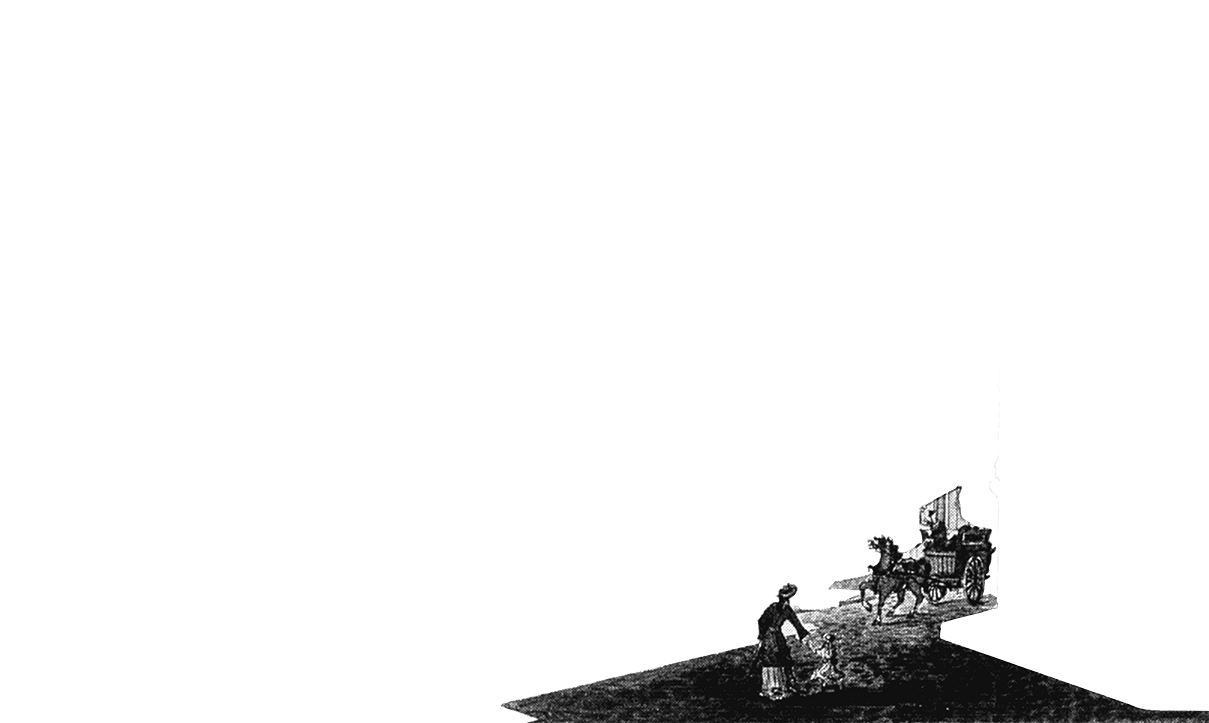
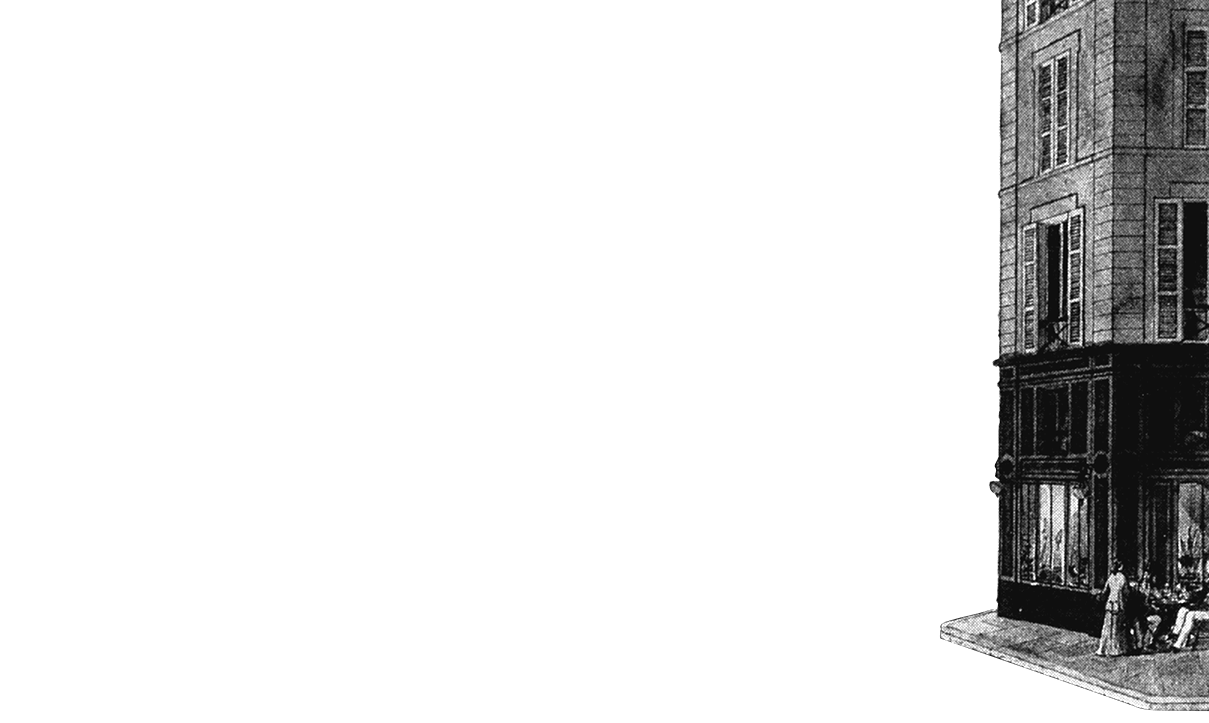

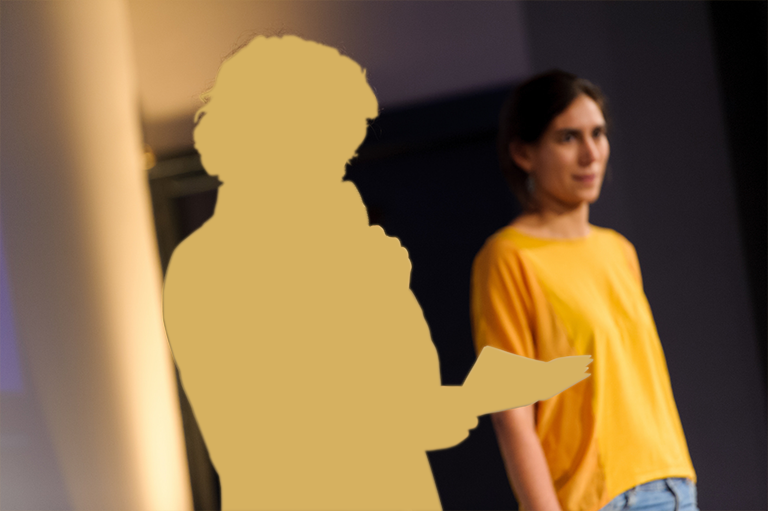
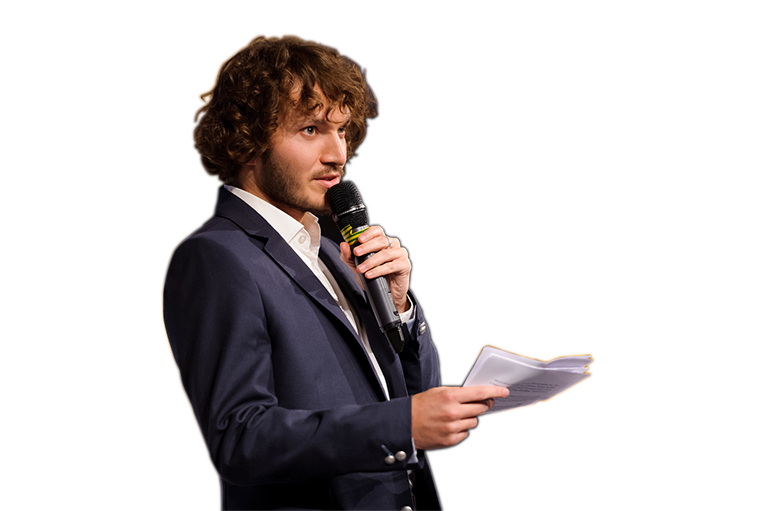
...to an exciting Future
A Unique European Festival: Designing Tomorrow's Business
A never-before-seen European Tour to think on the nature and place of business and companies in the world of tomorrow. Faculty, business leaders, experts, politicians and artists will interact.
At the heart of the questions that will mark this reflection are the following challenges:
- Business and Science: technical and technological opportunities (including digital, AI and biotech)
- Business and the City: social and environmental impacts
- Business and the Person: the issues related to the question of individual and collective meaningfulness.
Bicentenary Talks for 55,000 Alumni
Meeting and co-creating with an impactful Faculty
The School's research professors will visit campuses in spring and autumn 2019 to meet Alumni. This will be an opportunity to return to school and relive highlights with ESCP's iconic teachers and new talent.


Galas and Parties
Living the magic with the ESCP Community"
A large number of prestigious events in exceptional locations will mark the bicentenary year on the various campuses, hosted by the entire ESCP community - Foundation, Students and Alumni.


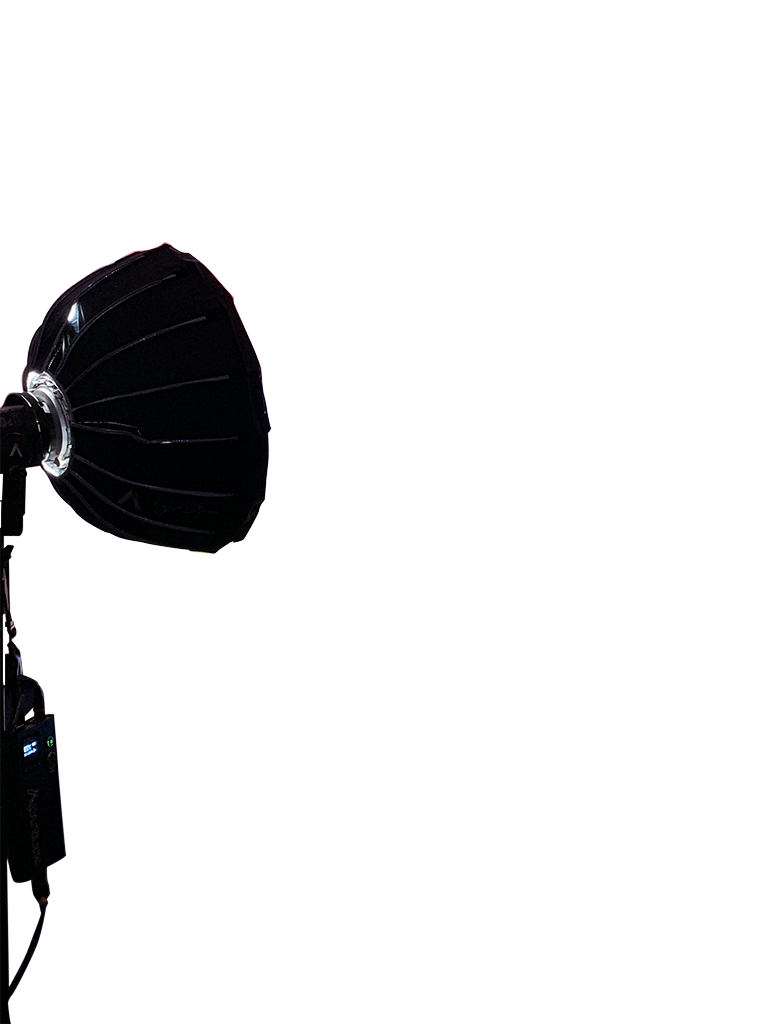
A year of surprises
Throughout the year, we will launch various webseries to get inspired by great leaders
- Blogs on historical ESCP figures
- 12 videos of Faculty experts sharing their vision of tomorrow's stakes
- 24 videos of Students and Alumni, illustrating through their paths and careers the values of ESCP: Excellence, Singularity, Creativity and Excellence
And much more...
The innovative and dynamic ESCP community will also celebrate our 200 years during our classic events!
- The Regatta in Italy, a major nautical competition
- A research symposium on the history of companies and management in Paris ( 11-13 September 2019 )
- The release of the Bicentenary stamp
- Europe Day, organised by the student society Tribunes and focused on the future of Europe


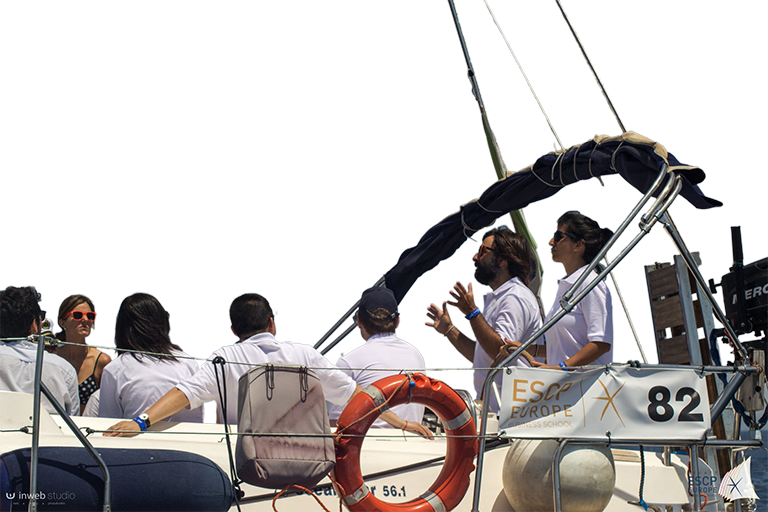
Programme content and schedule are subject to change.

